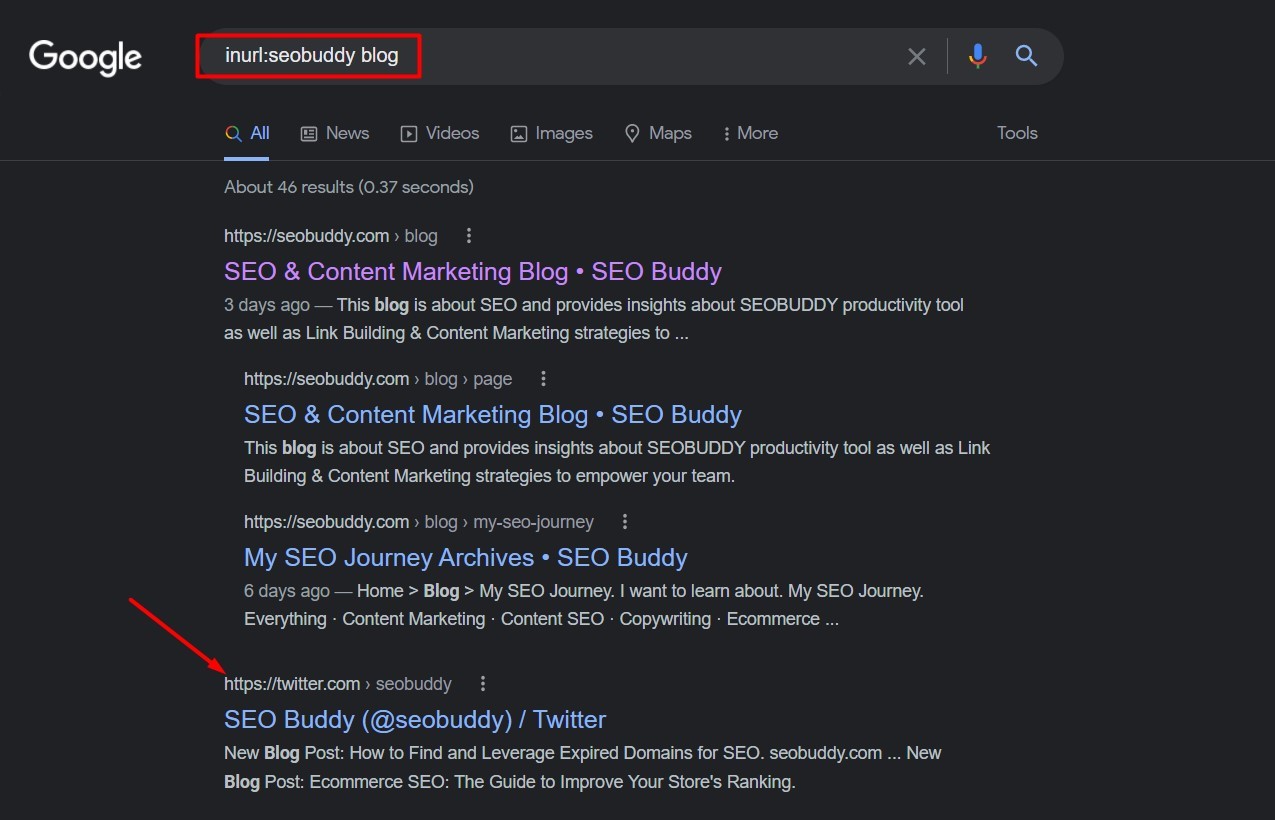Unlock Google Search Secrets: Mastering The "inurl:" Operator!
Ever feel like Google isn't quite getting what you're looking for? Unlock the power of precise searching with Google's "inurl:" operator and watch your results transform from a chaotic mess to a laser-focused stream of relevant information.
We've all been there, sifting through pages of irrelevant links, desperately trying to find that one specific piece of information. But what if you could tell Google exactly where to look? The "inurl:" operator is your secret weapon, allowing you to pinpoint keywords within the very structure of a webpage's address. This seemingly simple tool is a game-changer for researchers, marketers, and anyone who needs to find information efficiently.
Imagine you're trying to find guest posting guidelines for a popular website like Lifehacker. Instead of blindly searching "Lifehacker guest post," you can use the "inurl:" operator to narrow your search. I remember when I was trying to do exactly that; I wasnt entirely sure which keywords would lead me to the holy grail of guest posting rules, but I had a few educated guesses. This operator works by specifically targeting keywords found within the URL of a webpage, and that becomes invaluable when the URL itself offers a strong indication of the content held within.
- Masahubcomco Legit Traffic Competitors Business Caution
- Pen15 Relive Middle Schools Awkwardness Why We Love It
For example, a query like "inurl:blog seo tips" will return pages that have the word "blog" in their URL and also contain information related to SEO tips. This is incredibly useful for bloggers looking for collaboration opportunities; a search like "inurl:blog seo" can help them find other bloggers writing about SEO. The "inurl:" operator is designed to locate specific text within the indexed URLs of websites.
One might ask, why use this method instead of a more general search? The key difference is precision. The "inurl:" operator looks for the specified text anywhere within the URL, including folder names and page/file names. This level of detail can significantly improve the accuracy of your search results.
Many of the advanced search options available in Google's advanced search form can also be used directly in a regular search box query. This is a major time-saver for frequent or power users. Instead of navigating to the advanced search page and filling out multiple fields, you can simply enter your refined query into any Google search box.
- Filmyfly Your Gateway To Bollywood Hollywood Updates More
- Sdmoviespoint Free Movie Downloads Legal Alternatives
Consider the White House website as an example. By using the "inurl:" search operator, you can quickly locate specific pages or documents related to particular topics. As you experiment, you'll discover numerous ways this operator can help you find answers to your questions more efficiently.
However, the "inurl:" operator isn't just for everyday research. It can also be used for more specialized purposes. For example, each line of code on a website can be broken down and used in either an "index.of" or an "inurl" search to identify potential vulnerabilities. This is because hackers can use the sites returned from these searches to exploit weaknesses in web server programs, potentially accessing sensitive files like password files.
To find pages on a website that have your targeted search term in the URL and a second term in the content of the website, you can combine the "inurl:" operator with other search terms. This allows for even more refined and targeted searches.
Google's "inurl" search query is a powerful tool designed to allow users to filter their search results with greater precision. It's simple to use: just enter "inurl:" followed by your search criteria. You can also combine it with a site search to limit results to a specific website or domain.
Google's "inurl" search operator can be extremely useful when conducting competitive analysis. To gain a competitive edge, you might try this technique to discover a rival's pricing strategy or find a list of their vendors.
By leveraging the inurl operator in Google, users can refine their searches to target specific websites and uncover valuable insights. Understanding the power of this operator is crucial for anyone who wants to get the most out of Google search.
The "allinurl:" operator searches the URL for every term that follows it. In contrast, a standard search focuses on words or phrases within the body text of a document. Similarly, the "allintext:" operator searches the body text for every term that follows it. You can also use search terms to find words within a certain proximity to each other in a text.
Other useful search operators include "site:" to narrow results to a specific site, "related:" to show similar sites (though this is being phased out), and "cache:" to view a cached copy of a page. The "define:" operator (or simply "what is") provides a definition for a given term. Also, you can search for a URL parameter with inurl operator or also you can select the in url dropdown in content explorer tool to search for a string within the URL.
Here are some additional examples of how you can use the "inurl:" operator:
- Find pages that include a specific word in the URL. For example, "inurl:shampoo" will return pages that have the word "shampoo" in their URL.
- Use "allinurl:" which works similarly to "inurl" but only returns pages where the URL includes all of the specified terms.
This search command is particularly helpful for:
- Diagnosing indexing issues (e.g., "inurl:tag" to identify indexed blog tag pages).
- Gathering content inspiration across various topics.
Don't forget to learn how to use Google's "intitle:" operator for even more refined searches.
You can also use the "filetype:" operator to search for specific file types. This is useful for identifying potential documents or reports containing sensitive information. Similarly, the "inurl:" operator can be used to identify potential administrative pages vulnerable to attack.
To find websites that syndicate content, use "intext:" followed by "syndicated from" or "originally published." You can also use Google Search's "filetype:" operator to find specific file types.
How can you use Google Search's "inurl" operator effectively?
To maximize the power of the "inurl" operator, follow these tips:
- Use the "inurl:" operator to find specific websites or pages containing certain keywords in their URLs. For example, searching "inurl:blog" will display results for blogs.
- Remember that using Google dorks involves combining various search operators to achieve extremely targeted results. For example, you could use the dork "intitle:index of inurl:admin" to find admin pages that list directory contents, or "site:wikipedia.org intitle:login" to look for login portals on Wikipedia.
While the "inurl" operator might not seem like much on its own, it becomes incredibly powerful when used in combination with other operators or in an exact match context. You can also use the pipe symbol (|) in place of "or" to make multiple guesses at once.
The currency operator ($) is used to search for prices. Simply place the currency symbol in front of a number to put it into action.
So, how can we make this work for you? Here are a few more tips:
- Find links containing a specific character string.
- Find links containing all words following the colon (:). This is equivalent to applying "inurl:" to discrete search strings.
Consider the query: "Healthy eating vs inurl:healthy inurl:eating". This is a good example of how combining the "inurl" operator with other search terms can help you find exactly what you're looking for.
- Hdhub4u Free Movies Is It Safe Risks Legal Alternatives
- Khatrimaza 2025 Bollywood Hollywood Movies Where To Watch
Understanding the Power of the Google inURL Search Operator

Inurl Explained How To Use Search Operators vrogue.co

Inurl Explained How To Use Search Operators vrogue.co